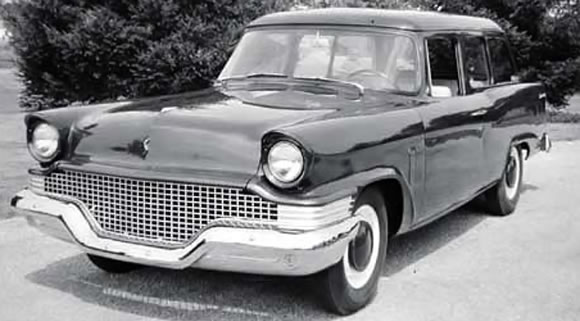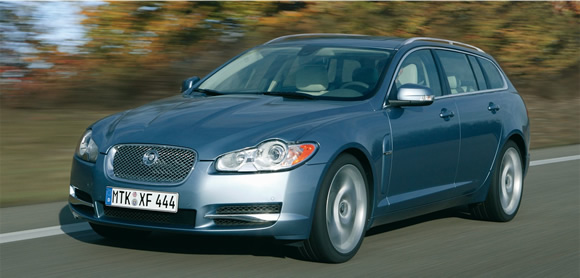A couple of weeks ago the NY Times had an article titled “A Market Segment That Dare Not Speak Its Name.” And what segment would that be? The station wagon.
Ezra Dyer outlines three non-wagons that seem to defy categorization. The Ford Flex, BMX X6, and the Infinity EX35, seen below.
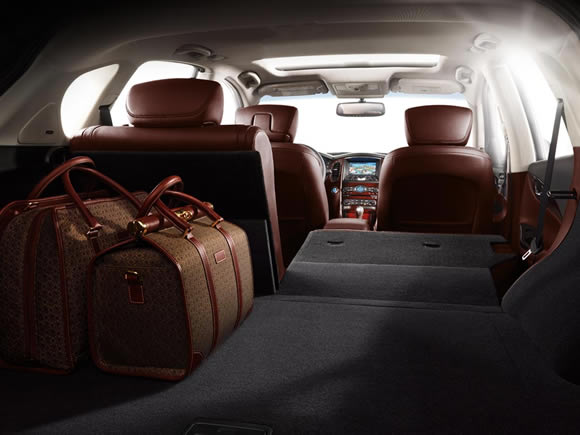
Auto manufacturers have obviously seen that the market for full-size SUVs is dwindling, but they know that Americans still need lots of trunk space to carry all their stuff. The Infinity and BMW are interesting crossovers in that they are large hatchbacks with a high stance, allowing drivers a more upright seating position, similar to an SUV, but with much more cargo room than a compact hatchback, like the Mazda 3. But why would you want to sacrifice the handling characteristics of a lower center-of-gravity conventional wagon when you know you’re not going off-road?
The Flex is a station wagon that won’t admit it. From the Times article:
The Flex’s mandate is to fulfill the mission of a minivan or large S.U.V. (it seats seven) while looking nothing like either one. The Flex makes no pretense of off-road ability, but it will tow 4,500 pounds — a fair amount more than most cars. So what is it?
It’s a hefty wagon, a Country Squire for the hip-hop age. Why it’s marketed as a crossover, along with the Taurus X and the Fusion, I do not know. Is the word “stationwagon” as unfashionable as the term “minivan”?
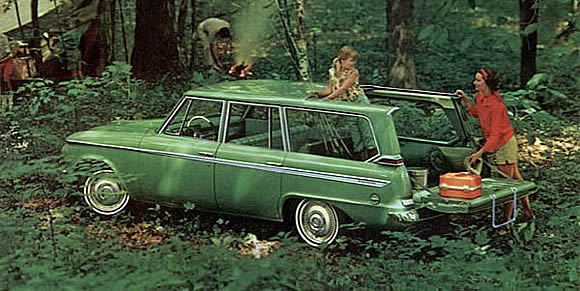
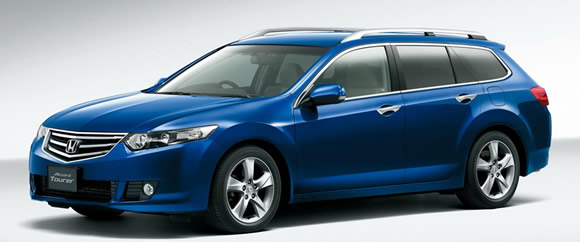 Jalopnik
Jalopnik 